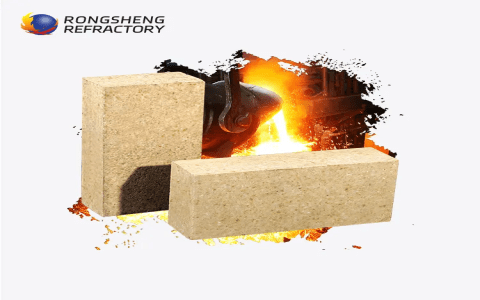honestly, it’s not as scary as it sounds. Think of it like this: regular concrete is great, but sometimes you need something a little more…malleable. Something you can pour into weird shapes, like a really ambitious garden gnome or, you know, something a bit more practical like a custom-shaped pool coping. That’s where castable concrete comes in!
My first encounter with castable concrete wasn’t exactly glamorous. I was trying to build a ridiculously oversized bird bath (don’t ask). Regular concrete? Too much work, too many forms. Castable concrete? A game changer. I just mixed it up, poured it into my (admittedly wonky) mold, and – voilà – a bird bath that, while slightly lopsided, definitely held water. It was a victory, people! A slightly wobbly, but still triumphant, victory.


The beauty of castable concrete lies in its name, really. “Castable.” It means you can cast it into almost any shape you can imagine. No complicated formwork needed (unless you’re going for something exceptionally intricate, of course). You just mix it, pour it, and let it do its thing. It’s perfect for those DIY projects that require a bit more…artistic license. Think decorative planters, quirky garden features, or even intricate moldings for your house (if you’re feeling particularly ambitious).
Now, I’m not an engineer, or a materials scientist, or anything remotely close. I’m just a person who likes to get their hands dirty (literally). But from my experience, castable concrete is pretty forgiving. It’s not like baking a cake where you have to follow the recipe precisely. There’s a bit of wiggle room. You can adjust the mix based on your needs and the project. Need it thicker? Add more binder. Need it a bit more flowy? Add a little more water (but not too much!). It’s all about experimentation – and a bit of trial and error, let’s be honest.
It’s also surprisingly strong once it sets. My lopsided bird bath has survived several hailstorms and a particularly enthusiastic squirrel attack (the squirrel lost, by the way). So yeah, the stuff is tough.
One thing I’ve learned is that not all castable concretes are created equal. Some are designed for specific applications. For example, some are better for high-temperature environments (think fireplaces or ovens), while others are better suited for outdoor projects that need to withstand the elements. Do a little research before you dive in – you know, just to avoid any unexpected surprises. I once used the wrong type of castable concrete for a garden fountain, and let’s just say it didn’t end well. Let’s just say I learned a valuable lesson about reading the fine print.
To give you a clearer picture of the variations, here’s a simple table summarizing some key differences:
| Type of Castable Concrete | Typical Applications | Key Properties |
|---|---|---|
| General Purpose | Decorative elements, small repairs, garden features | Moderate strength, good workability |
| High-Strength | Structural elements, load-bearing applications | High compressive strength, durable |
| Refractory | High-temperature applications (fireplaces, kilns) | High heat resistance, excellent thermal shock resistance |
| Fiber-Reinforced | Applications requiring increased durability and crack resistance | Improved tensile strength, reduced cracking |
The ingredients themselves can also vary. Typically, you’ll find cement, aggregates (like sand or gravel), and sometimes admixtures to improve workability or strength. But again, it depends on the specific type of castable concrete. I’ve seen recipes that include things like perlite or vermiculite to make the mix lighter, or special fibers to increase its strength. It’s a pretty versatile material, really.
I know what you might be thinking: “This all sounds complicated!” But honestly, it’s not that bad. It’s much easier to work with than regular concrete, especially for non-standard shapes. Once you get the hang of it, you’ll be amazed by the possibilities.
Speaking of possibilities, I’m already brainstorming my next project: a miniature Roman coliseum for my garden. Wish me luck! And, more importantly, what crazy, castable-concrete projects are you dreaming up? Let me know – I’m always looking for inspiration!





